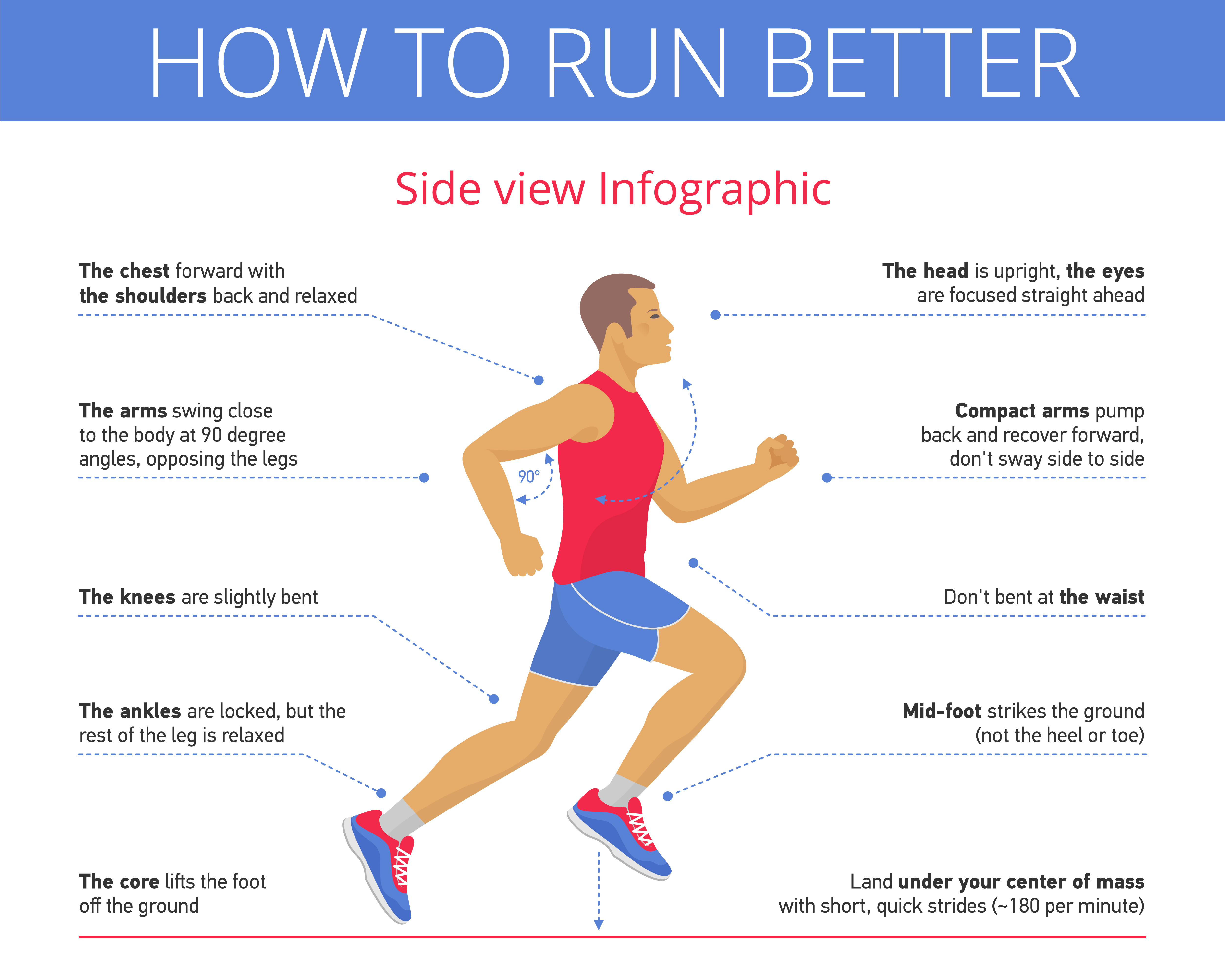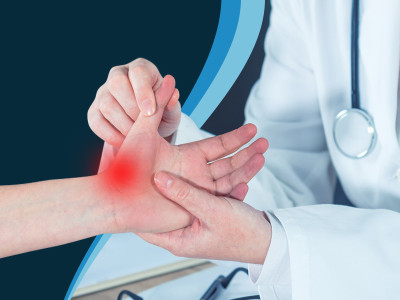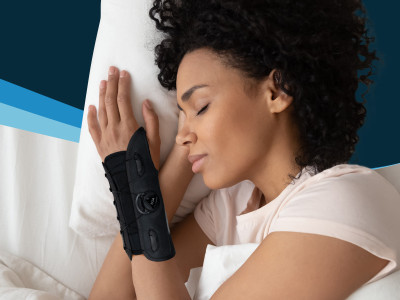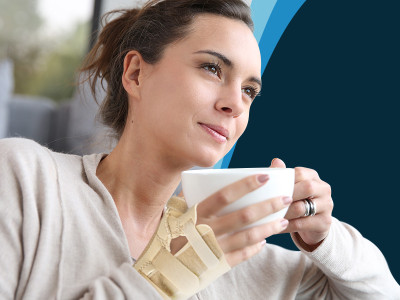Posted by Michael Foster-Reed on 26th Jul 2019
If you have been experiencing pain around your kneecap, you may be suffering from Runner’s Knee. Runner’s Knee is a term used to describe several different injuries and conditions that cause pain in your kneecap, which can make trying to get around challenging.
In this blog, we’ll be taking a look into what some of these different conditions are, as well as how you can relieve some of the symptoms.
What is Runner’s Knee?
Runner’s Knee is a term used to describe a group of different conditions that cause pain in the kneecap, otherwise referred to as the patella. As the name implies, these conditions are often caused by running, however they can be caused by any activity that causes repetitive strain on your knees such as cycling or football.
Some of the different conditions that are classed as a form of Runner’s Knee include:
- Patellofemoral Pain Syndrome - The most common type of Runner’s Knee, causes pain between you kneecap- and thigh bone.
- Iliotibial Band Syndrome - Causes a sharp pain in the side of your knee as a result of an inflamed Iliotibial band.
- Patellar Tendonitis - Causes pain in the front of your knee as a result of an inflamed patellar tendon.
What causes Runner’s Knee?
Generally speaking, the main cause of runner’s knee is an overuse of your knee joint, often caused by leg-heavy sports and exercises. However, there are a few other causes of Runner’s Knee, including:
- Lack of stretching before exercise
- Obesity
- Trauma to the kneecap
- Weak thigh muscles
- Arthritis
The way you run or walk can affect the way that you knee moves, so if you are not running/walking properly, you can often damage your knees. Here are some tips to help you maintain a good walking posture:
- Stand up straight, with your feet a comfortable space apart from each other.
- Suck in your stomach and tuck in your buttocks.
- Keep you head facing straight ahead of you.
- Relax your shoulders.
How can Runner’s Knee be Treated?
The primary way to relieve symptoms of Runner’s Knee and speed up recovery is to avoid applying any strain to your knee. Obviously, you will still end up needing to move your knees, but you should try to avoid any activities that apply additional strain to them, such as running or cycling.
Additionally, ice-packs can be used to help reduce pain and swelling. Medical aids such as knee sleeves can be used to apply compression to the knee, which alleviate pressure and relieve pain. Here at Actesso, we sell an Elastic Knee Sleeve for this exact purpose.
If your symptoms show no signs of recovery, there is a chance that surgery may be required.
How can Runner’s Knee be Prevented?
Staying in shape will help to strengthen your muscles, making them less vulnerable to injury. However, it is important to ensure that you don’t over exercise, as this can make your condition worse. Small and simple exercises should help to strengthen your muscles without damaging them further. Stretching your knees before exercising will also help to make your knees more flexible.
If you run a lot, making sure that your running shoes are of high quality and have good shock-absorption will also help to reduce your risk of suffering from Runner’s Knee. Make sure you aren’t using shoes that are worn-out or aren’t suitable for running in.
Ensuring that you are using the correct running posture will also help, make sure that you aren’t leaning too far forwards or backwards, and make sure that you are bending you knees.

That concludes our blog on Runner’s Knee. We hope you found this blog useful and wish you the best of luck in your recovery! Be sure to check out the links below if you want to look more into the topics we covered.
References:
https://www.healthline.com/health/runners-knee
https://www.sports-health.com/sports-injuries/running-injuries/common-running-injuries-knee-pain
https://www.webmd.com/pain-management/knee-pain/runners-knee
https://www.verywellfit.com/tips-for-walking-technique-3435093
Disclaimer: We are not qualified medical professionals. All information stated from this article has been taken from reputable sources. Please find links to all sources at the bottom of the page.



